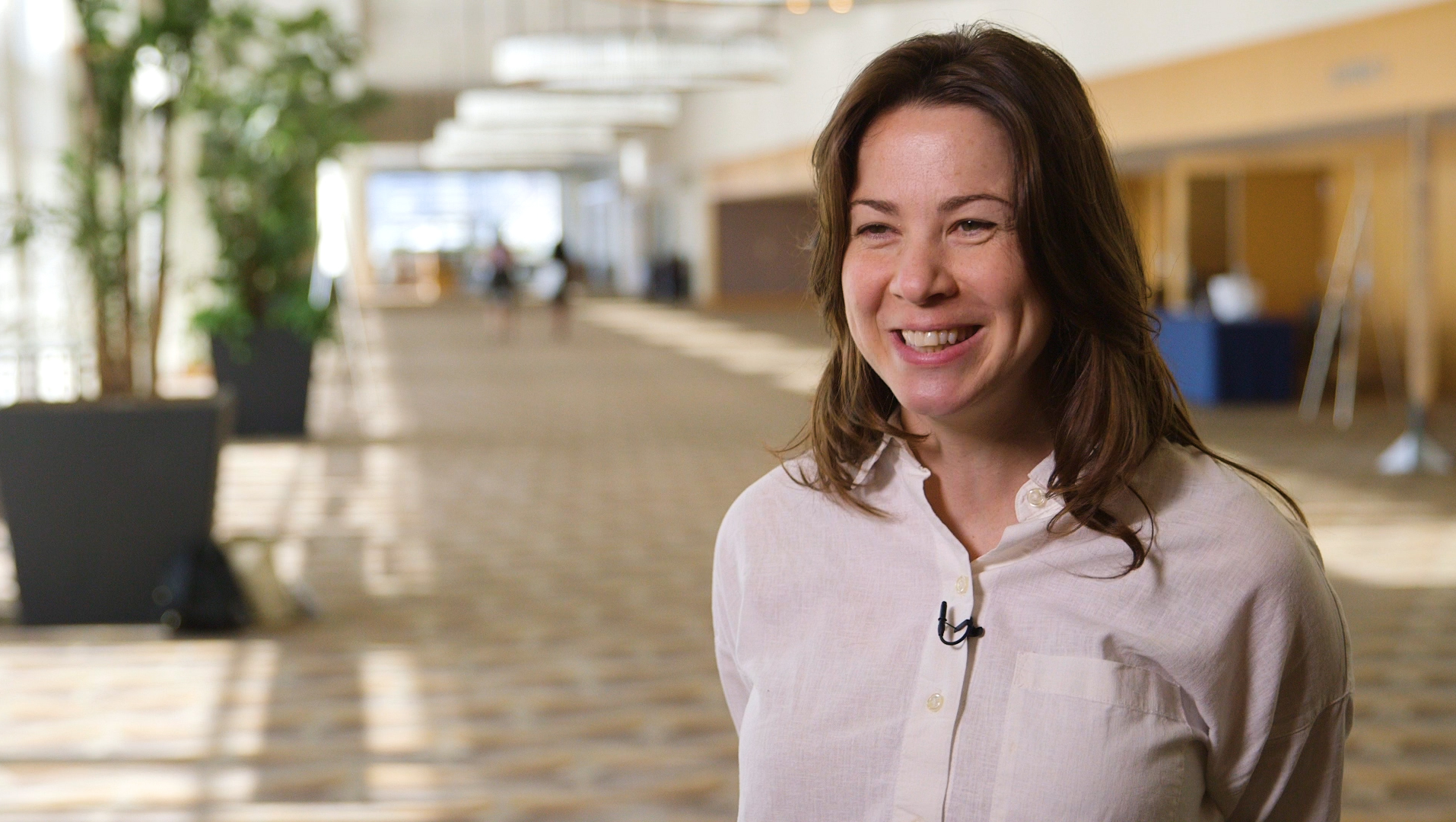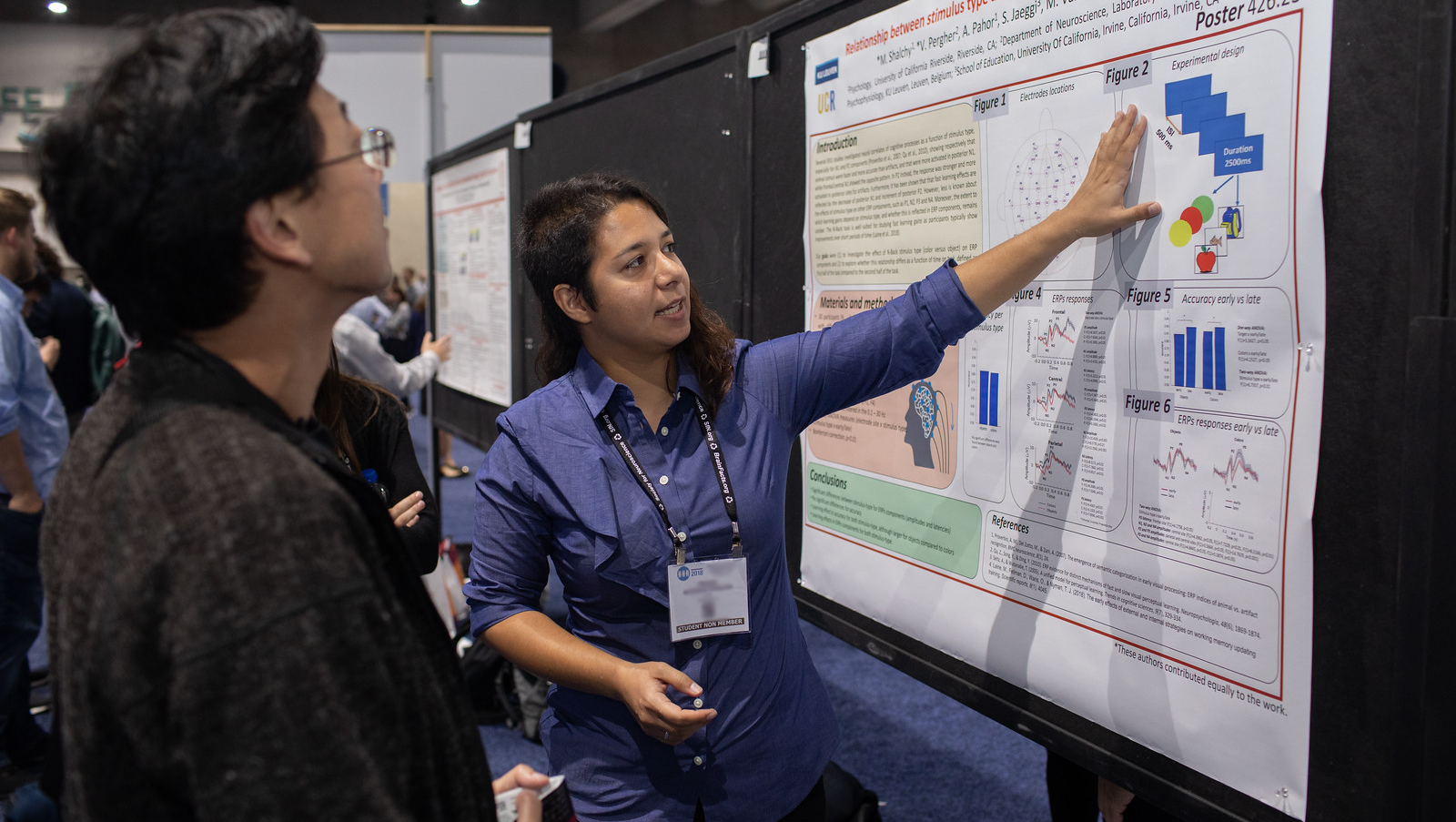Inside Neuroscience: Vulnerabilities of the Adolescent Brain
Just like the subject it studies, the field of adolescent brain research is maturing. Launched in early 2018, the Adolescent Brain Cognitive Development (ABCD) Study is the largest long-term study of the adolescent brain, following 10,000 children into adulthood. And while the children in the ABCD Study slowly mature, current research is advancing rapidly. At Neuroscience 2018, scientists featured in the “Adolescent Brain Development Impacts Mental Health, Substance Use” press conference presented new discoveries that already are being used to help understand the adolescent brain and its ever-changing complexities.
“The adolescent brain is not broken,” said Jay Giedd, director of child and adolescent psychiatry at the University of California, San Diego and moderator of the press conference. “It’s different than the brain of a child, it’s different than the brain of an adult.” He added, “These differences have been exquisitely forged by evolution, and the differences have been essential for our survival as a species. If the teen brain wasn’t like it is, none of us would even be here in this room right now.”
The teenage brain is flexible to change and adaptation and is a time for protracted maturation — which is apparently both a blessing and a curse, as it leads to the mental complexity required of adulthood but also leaves the brain particularly fragile.
“The adolescent brain is not broken.”Jay Giedd
Director of child and adolescent psychiatry
University of California, San Diego
“It’s a time of vulnerability...it’s the most common time for mental illnesses to emerge — 70 percent of illnesses emerge during this time,” said Giedd, including eating disorders, substance abuse, depression, and anxiety. In other words, “Moving parts get broken,” according to Giedd. But, with a better understanding of said moving parts, better neurological treatments and remedies can become a reality.
Tracing the Source of Adolescent Addiction
The negative impacts of alcohol and drug addiction in adolescents is well-documented; substance abuse while the brain is in a critical phase of development can have significant negative impacts on the prefrontal cortex. A G-variant of the gene — which regulates how opioid receptors function—has been shown to be associated with a stronger craving for alcohol and a higher dose of opioids needed to control pain management. The gene is often found in adult heroin addicts.
In a study, researchers at Georgetown University Medical Center in Washington, D.C., performed genetic analysis of 115 teens aged 11 to 13, whose brains hadn’t yet been affected by substances. The teens played a simple gambling game that involved high- and low-risk decisions. Both the adolescents with and without the variation made an equal number of risky decisions.
“However, when we presented to them...whether they won the money or they lost the money, the G carriers had significantly less response in their right prefrontal cortex,” said John W. VanMeter, lead author on the study.
Adult G carriers of OPMR1 are known to react less to the same amounts of opioid than adults with different variants. It appears that the same response is mirrored in adolescents. This in turn may increase risk of addiction because “they might require more of a substance to feel as much pleasure as someone who doesn’t have this [variant],” explained VanMeter. Continued research may lead to personalized prevention strategies to help G carriers process natural rewards more effectively.
Childhood Trauma — How Does It Impact Addiction?
While research has shown that childhood trauma is connected to developing alcohol and substance abuse issues in adulthood, this body of research starts with adults and looks back to speculate about the cause of risky behavior. In the first study to assess early trauma’s impact on the developing adolescent brain, specifically as it pertains to alcohol abuse, 831 adolescents were tracked for executive functioning and drinking behavior over four years; about half of the cohort experienced some sort of trauma in their early childhood.
“What we find is that childhood trauma and poor executive function both lead to a risk of binge drinking.”Jyoti Mishra
Assistant Professor
University of California, San Diego
The researchers discovered that brain networks important for control of cognition and sensorimotor functions were impacted by trauma, and these networks in turn contributed to poor executive functioning.
However, “in our study, we don’t actually find that just having childhood trauma itself produces a risk for binge drinking. What we find is that childhood trauma and poor executive function both lead to a risk of binge drinking,” said Jyoti Mishra, assistant professor at the University of California, San Diego and senior author. “Using machine learning, we further show that some of the brain networks that impact executive function, together with individual demographics, childhood trauma and executive function behaviors, can precisely predict future binge drinking. Our findings can help to identify adolescents at high-risk for alcohol abuse early and target interventions for them before they develop risky behaviors.”
Linking the “Anti-Reward” System and Teen Depression
Depression and anxiety usually manifest at a young age — one in six adolescents will experience depression by the time they turn 18 years old — and, left untreated, can have lifelong consequences. One recently identified cause of these conditions is the brain’s relationship to the “anti-reward’ brain structure called the habenula, which has been shown in animal studies to block reward signals, like dopamine, which might otherwise be associated with a positive event. Abnormal habenula activity has been linked to conditions like depression in adults.
“We also found evidence that habenula connections to the reward system may be linked with key aspects of mental illness, particularly symptoms of joylessness and of anxiety.”
Benjamin Ely
Doctoral Candidate
University of California, San Diego
In new research focused on how depression and other mental illnesses first emerge, researchers at the Icahn School of Medicine at Mount Sinai in New York City were able to map connections between the habenula and the rest of the brain in adolescents.
“What we found is that in general, adolescents have very similar habenula connections to adults,” said Benjamin Ely, doctoral candidate and lead author of the study. “We also found evidence that habenula connections to the reward system may be linked with key aspects of mental illness, particularly symptoms of joylessness and of anxiety.” Joylessness is a key component of mental illnesses like depression.
Thus, the connections between the habenula and the rest of the brain are already well-developed by adulthood — and the habenula was already “surprisingly mature” in the teens studied, according to Ely. Understanding the balance needed between the reward and anti-reward systems may eventually help with more customized treatments in young people.
Looking Ahead
Giedd explained that the work being covered in the press conference “is the best of the best in terms of the cutting edge of adolescent neuroscience.” Such research does not only address the negative neurological aspects of this age group. “This is a new era for adolescent neuroscience in terms on focusing not only the potential problems but promises of adolescent neurobiology,” Giedd said.
Giedd added that in this particular field, the focus needs to be not merely on awareness of the research, but also on the change of public perception from negative stereotypes to help improve young people’s lives.
“This concept of stereotype threat, where people rise or fall to the expectations set by society as a group is so powerful, and if the media portrays teenagers or adolescents as incompetent, as irresponsible, as lazy, as misguided, that will affect not only their behaviors but their aspirations,” he explained.
“The greatest impact I can have as a neuroscientist…[is] to work with media professionals to improve public perception of teenagers,” he added.






















